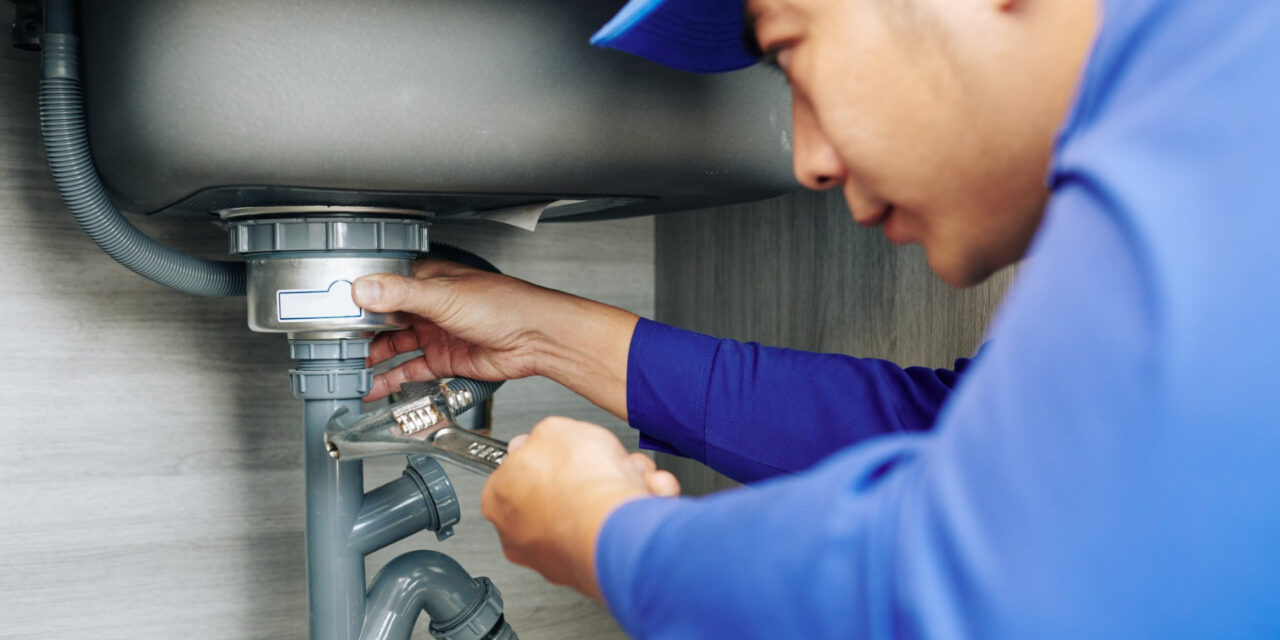Expose Hidden Water Line Leaks: Six Proven Ways for Spotting
Expose Hidden Water Line Leaks: Six Proven Ways for Spotting
Blog Article
We've found this great article about Finding hidden leaks below on the internet and decided it made sense to discuss it with you here.

Early detection of leaking water lines can minimize a possible catastrophe. Some little water leaks may not be visible.
1. Examine the Water Meter
Every house has a water meter. Checking it is a guaranteed way that assists you find leaks. For beginners, turn off all the water resources. Guarantee no person will flush, use the tap, shower, run the washing maker or dishwashing machine. From there, go to the meter and watch if it will certainly transform. Considering that nobody is utilizing it, there must be no motions. That indicates a fast-moving leakage if it relocates. If you detect no adjustments, wait an hour or two and also inspect back again. This suggests you might have a sluggish leak that can even be below ground.
2. Check Water Usage
If you detect abrupt modifications, in spite of your usage being the exact same, it suggests that you have leakages in your plumbing system. An abrupt spike in your expense indicates a fast-moving leakage.
On the other hand, a consistent increase monthly, despite having the exact same practices, shows you have a slow-moving leak that's additionally gradually rising. Call a plumber to extensively examine your property, specifically if you feel a warm area on your flooring with piping below.
3. Do a Food Coloring Test
When it comes to water usage, 30% comes from commodes. If the color in some way infiltrates your bowl throughout that time without flushing, there's a leak between the container and bowl.
4. Asses Outside Lines
Don't forget to check your outside water lines as well. Test faucets by connecting a yard hose. Ought to water permeate out of the connection, you have a loosened rubber gasket. Replace this and make certain all connections are tight. It will help get it professionally examined and also kept yearly if you've obtained a lawn sprinkler system. One little leakage can squander lots of water and spike your water bill.
5. Assess the circumstance as well as examine
Home owners should make it a practice to examine under the sink counters and even inside closets for any kind of bad odor or mold growth. These 2 red flags indicate a leak so timely interest is called for. Doing regular evaluations, even bi-annually, can save you from a major problem.
Examine for stainings and compromising as a lot of pipelines and also devices have a life expectancy. If you suspect leaking water lines in your plumbing system, don't wait for it to escalate.
Early detection of leaking water lines can alleviate a prospective catastrophe. Some tiny water leaks may not be noticeable. Examining it is a proven way that aids you discover leaks. One small leakage can lose bunches of water and also surge your water expense.
If you suspect dripping water lines in your plumbing system, do not wait for it to escalate.
WARNING SIGNS OF WATER LEAKAGE BEHIND THE WALL
PERSISTENT MUSTY ODORS
As water slowly drips from a leaky pipe inside the wall, flooring and sheetrock stay damp and develop an odor similar to wet cardboard. It generates a musty smell that can help you find hidden leaks.
MOLD IN UNUSUAL AREAS
Mold usually grows in wet areas like kitchens, baths and laundry rooms. If you spot the stuff on walls or baseboards in other rooms of the house, it’s a good indicator of undetected water leaks.
STAINS THAT GROW
When mold thrives around a leaky pipe, it sometimes takes hold on the inside surface of the affected wall. A growing stain on otherwise clean sheetrock is often your sign of a hidden plumbing problem.
PEELING OR BUBBLING WALLPAPER / PAINT
This clue is easy to miss in rooms that don’t get much use. When you see wallpaper separating along seams or paint bubbling or flaking off the wall, blame sheetrock that stays wet because of an undetected leak.
BUCKLED CEILINGS AND STAINED FLOORS
If ceilings or floors in bathrooms, kitchens or laundry areas develop structural problems, don’t rule out constant damp inside the walls. Wet sheetrock can affect adjacent framing, flooring and ceilings.
https://www.servicemasterbyzaba.com/blog/how-to-detect-water-leakage-in-walls/

We had been guided to that article about Finding hidden leaks from a friend on a different website. You should set aside a second to distribute this content if you liked it. I treasure reading our article about Leaking water lines.
Book Now! Report this page